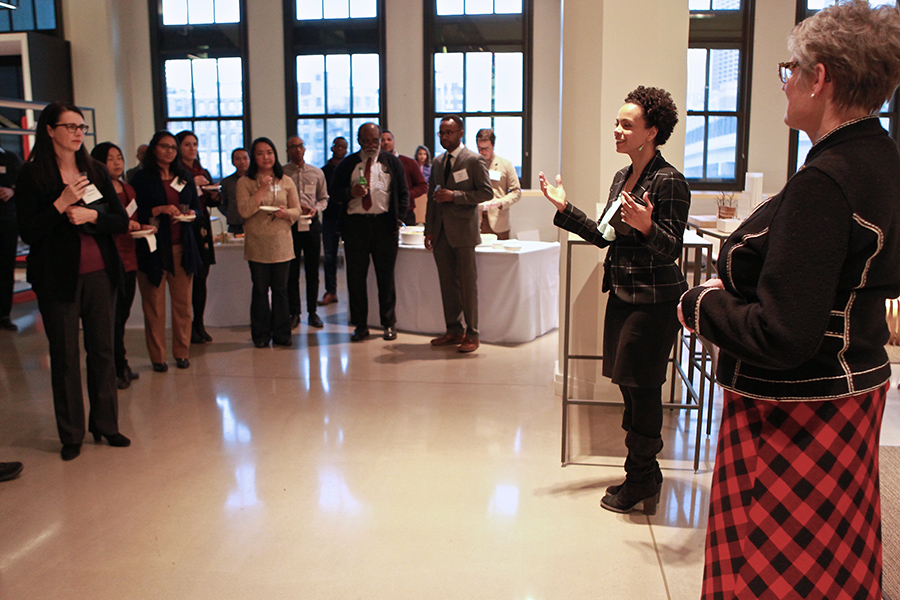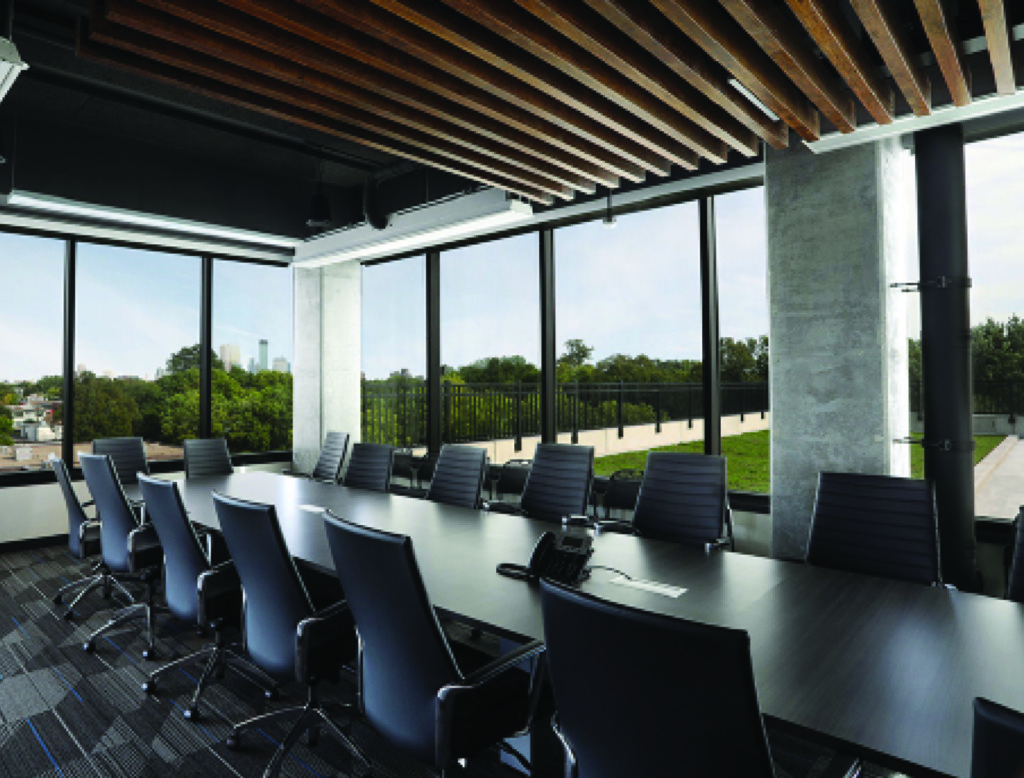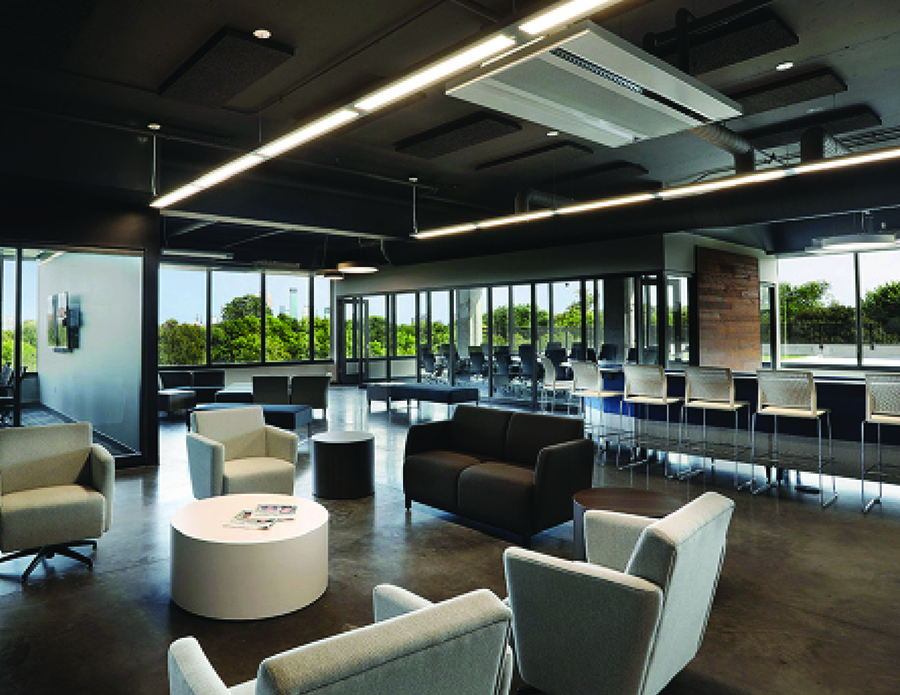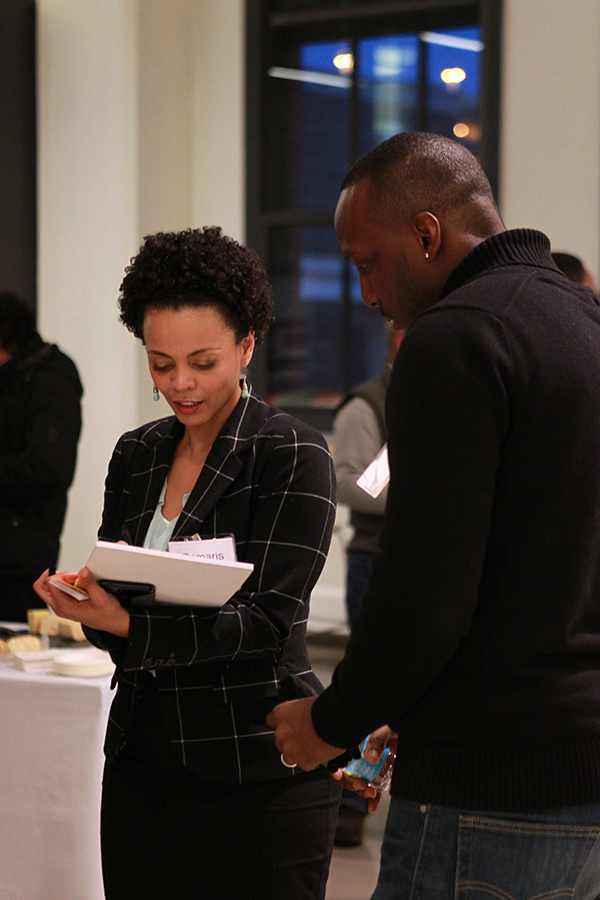Each submission gets timestamped with EST time and gets a unique identifier
assigned, example:
S10056


March 25 2021
by: Tiara Hughes, NOMA
TEDx Speaker, Inclusive architectural thought leader, Damaris creates sustainable places and spaces that remain relevant through the shifts of demographics and economics.
A leader on the path to greater diversity, Damaris Hollingsworth, NCARB, AIA, NOMA, LEED AP forges cross-cultural communication skills among architects through her design projects, advocacy efforts, and mentorship programs. Her empathetic nature and ability to listen closely inform her compassionate approach, highlighting the importance of cultural fluency for the profession.
With an Architectural and Urban Planning degree from the Faculdade de Arquitetura & Urbanismo at the University of Sao Paulo, Brazil, Damaris moved to the United States in 2006 and has since become a Registered Architect, a LEED accredited professional and holds a NCARB certificate.
Damaris’ dynamic and engaging personality, combined with her global and multicultural background enables her to connect with people from all walks of life. She makes people feel relevant and the outcome of her work makes it clear that all voices matter.With vibrancy and grace, Damaris is poised to expand the reach of inclusive architecture as a way to promote social justice and to beautify all communities. Her design solutions are deeply rooted in the people it serves, while responding to both community values and economic realities. Her resiliency inspires all around her to be productive and stay engaged.
Tiara Hughes: How did you first become interested in architecture?
Damaris Hollingsworth: When I was seven years old, I met a woman architect as she helped my parents to design our house in Sao Paolo. Neither of my parents went beyond middle school. My dad was a factory worker and my mom had worked as a maid. They saved for years to build a small home for us. Due to budget constraints, my dad went to the City’s office and found the name of a recent architectural graduate who could help us for a modest fee. When she came to our house, I was struck by how intelligent, confident, and worldly she seemed. She also was a woman like me. That was when I came to the realization that women didn’t have to stay home with the children, but that they could go out to a job just like my dad did every morning. I favored that idea better than to grow up to do what my mom did. I didn’t know what architects did. If that woman was an attorney, I would be an attorney today. It wasn’t the profession that attracted me, it was the possibility of being a career woman.
“She also was a woman like me. That was when I came to the realization that women didn’t have to stay home with the children, but that they could go out to a job just like my dad did every morning.”
TH: Tell us about your first encounter with NOMA and how you became involved?
DH: I met James Garrett in 2016 when we both were part of the AIA MN Strategic Planning Committee. James invited me to a meeting with a few other black architects in town. At the time, the group was called The Assembly of Architects, which was founded to support black architects through networking and business alliances within. That group was very active in the early years but eventually vanished due to lack of new members. Their goal was to bring that group back to life as a Minnesota NOMA chapter and they wanted me to spearhead that effort. I accepted the challenge. With the support of AIA MN, we founded our chapter in November of 2016. I was the first full term President of the Minnesota NOMA Chapter in 2017 and 2018. During my tenure, I led efforts to create DesignSHOP, a program with hands-on explorations of design thinking for minority and underserved high school students. The young people participating in the program also got matched with BIPOC architects. We had 2 strong years of the program in 2018 and 2019 with 18 students participating in the 12-week program. Unfortunately, we have not re-engaged since 2020 because of the pandemic.
“We founded our chapter in November of 2016. I was the first full term President of the Minnesota NOMA Chapter in 2017 and 2018. During my tenure, I led efforts to create DesignSHOP, a program with hands on explorations of design thinking for minority and underserved high school students.”

TH: How has NOMA impacted your professional trajectory?
DH: Besides the experience of meeting other BIPOC professionals, co-founding the Minnesota NOMA chapter brought a lot of exposure to me as a professional. This led to me meeting other leaders of the industry and strengthening my network. My career was greatly impacted by that exposure and it was how people learned about my passion and advocacy for true diversity, inclusion and equity. The consistent growth as I become stronger has set my firm apart in the Twin Cities.
“Besides the experience of meeting other BIPOC professionals, co-founding the Minnesota NOMA chapter brought a lot of exposure to me as a professional. This led to me meeting other leaders of the industry and strengthening my network.”
TH: Can you share some of your most meaningful architectural work?
DH: I designed the corporate office for the Regional Acceleration Center for THOR Companies (a minority-owned builder and developer) to express community pride, history, and accomplishments. The Regional Acceleration Center represents one of the largest private investments in Minneapolis’s North Side to occur in the last several decades. The interior architecture engages and honors employees, associates and guests. We named conference rooms after influential and inspiring African Americans. Many of those honored, such as Madame C.J. Walker, came from nothing and went on to accomplish what no other African American – or most people – have. These simple acts of naming acknowledge an African-American legacy of creativity and resilience to overcome generations of discrimination, dating to the 17th century. During the public opening events, many of the visitors— young and old—were deeply touched and inspired as they walked by the names and short biographies. These moments are the stories of success for me.
Furthermore, I designed the offices to embrace the skyline of downtown Minneapolis, a major economic hub from which minorities had long been excluded. As one walks into the space, the first thing you see is the astonishing view of tree-covered neighborhoods, the Mississippi Valley, and the towers themselves. Private offices and workspaces are placed away from the windows, with the purpose of sharing the most valuable characteristics of the space—the outward views and natural light. This layout wherein everyone can share the light and vistas promotes the company’s ideals of engagement, inclusivity, community creation, cultural sensitivity and sustainability.


TH: Do you recommend people become a member of NOMA, and if so, why?
DH: Yes, I recommend people becomes and support by getting involved. The opportunity to meet and mingle with other BIPOC architects alone is critical in times like this. As a co-founder of a local chapter, my experience with the organization has been invaluable. My network has expanded to include like-minded industry leaders that I can share resources with. NOMA helped reveal my passion by tapping into our youth to increase their exposure to the field.

TH: What advice do you have for our NOMAS membership, as they begin their young careers?
DH: Be resilient, because it will take a lot of resilience to stay and grow in this profession. Neither our profession nor society is ready for the diversity we represent or the equitable and inclusive practices we demand and are entitled to, but still have to fight for.


Each submission gets timestamped with EST time and gets a unique identifier
assigned, example:
S10056


Your ID: S12312312






This notification means your entry was sent successfully to the system for review and processing.
If you have any further questions or comments, reach out to us via the main contact form on the site
Have a great day!







New to NOMA?
Create your account
Already have an account?
Sign in

Not A NOMA Member? Click Here!
Create your account
